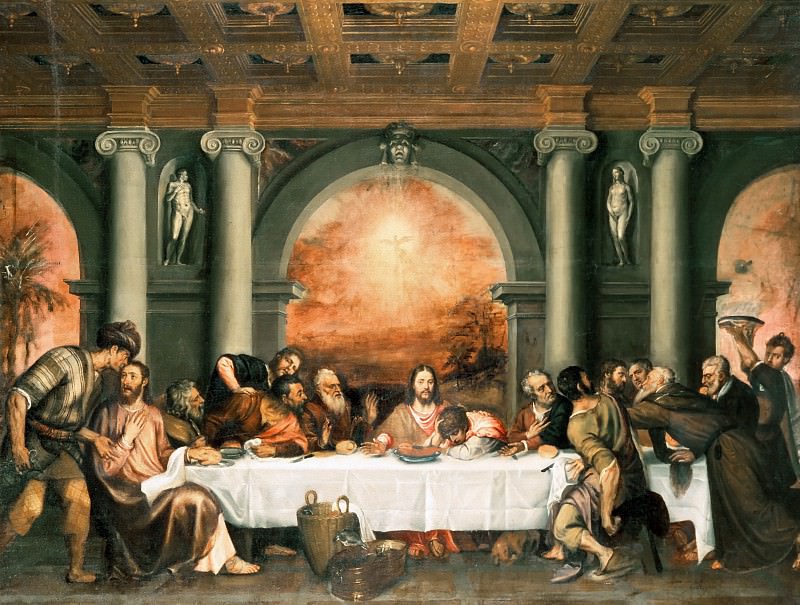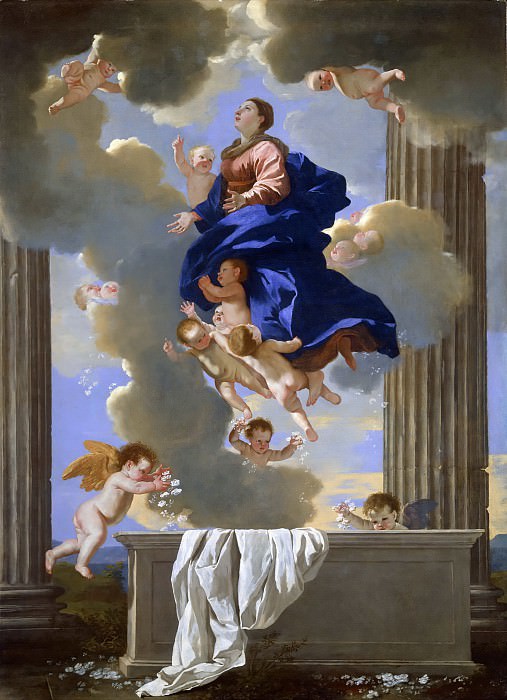Julian Opie: A Contemporary Visionary in Modern Art
Julian Opie, a prominent figure in contemporary art, is renowned for his unique approach that seamlessly blends minimalism with vibrant, evocative imagery. Born in 1958 in London, Opie has built a distinguished career characterized by his innovative use of technology and his distinct visual style. His work, often celebrated for its clarity and simplicity, has made a profound impact on the art world, influencing both public perception and artistic practice.
Opie's art is instantly recognizable, marked by its use of bold lines and flat, graphic forms. His depictions of human figures, landscapes, and everyday objects are stripped of unnecessary detail, resulting in a clean, almost iconic representation. This reductionist style is a hallmark of Opie's work, reflecting his interest in capturing the essence of his subjects through minimalistic means. By focusing on the fundamental shapes and colors, Opie creates a visual language that is both accessible and thought-provoking.
One of the defining aspects of Opie's art is his exploration of the boundary between traditional painting and digital media. He often incorporates elements from digital technology into his work, using software and digital tools to create and manipulate his images. This fusion of traditional techniques with modern technology allows Opie to experiment with new forms of expression and engage with contemporary issues in innovative ways. His approach to digital art not only expands the possibilities of visual representation but also challenges the conventions of artistic practice.
Opie's exploration of portraiture is particularly notable. His portraits, whether of individuals or groups, are characterized by their striking simplicity and bold use of color. By reducing his subjects to their most essential features, Opie captures their essence in a way that is both profound and immediate. This technique allows viewers to connect with the subjects on a deeper level, as the focus is placed on the fundamental qualities that define their identity.
In addition to portraiture, Opie's work extends to a wide range of subjects, including landscapes, urban scenes, and abstract compositions. His landscape pieces, for example, are marked by their use of simplified forms and vivid colors, creating a sense of both depth and flatness. These works often evoke a sense of place and time, while also challenging traditional notions of perspective and representation.
Opie's urban scenes offer a unique perspective on modern life. His depictions of cityscapes and public spaces are characterized by their use of geometric shapes and bold colors, reflecting the dynamic and often chaotic nature of urban environments. Through these works, Opie explores themes of modernity, technology, and the changing nature of public spaces.
One of the most intriguing aspects of Opie's work is his ability to convey complex ideas through a seemingly simple visual language. His art often addresses themes of identity, perception, and the relationship between the individual and the environment. By stripping away extraneous details, Opie encourages viewers to engage with his work on a more intuitive level, prompting them to consider the underlying concepts and ideas.
Opie's influence extends beyond the realm of traditional art. His work has been featured in a variety of public spaces, including galleries, museums, and public installations. His art's accessibility and visual appeal have made it a popular choice for public art projects, where it often serves as a catalyst for public engagement and dialogue. Through these installations, Opie has been able to reach a broader audience, inviting viewers to interact with his work in new and meaningful ways.
In addition to his public installations, Opie has also collaborated with a range of artists and designers, further expanding the reach and impact of his work. These collaborations have resulted in a variety of creative projects, from album covers to fashion collections, showcasing Opie's versatility and his ability to adapt his visual style to different contexts. These projects highlight the relevance of Opie's art in contemporary culture and its ability to resonate across various disciplines.
Opie's work has been exhibited extensively both in the UK and internationally, reflecting his global influence and the widespread recognition of his artistic achievements. His exhibitions often include a mix of new and previously exhibited works, providing audiences with a comprehensive view of his artistic evolution. Through these exhibitions, Opie continues to push the boundaries of contemporary art, exploring new ideas and techniques while remaining true to his distinctive visual style.
The impact of Julian Opie's art on the contemporary art scene cannot be overstated. His innovative use of minimalism, combined with his engagement with digital media, has made him a key figure in the evolution of modern art. His ability to distill complex ideas into simple, striking visuals has earned him a place among the most influential artists of his generation. As he continues to explore new creative territories, Opie's work remains a testament to the power of art to both reflect and shape the world around us.














